17 de mayo del año 2016/ Ethpress / GIRMACHEW GASHAW
Resumen:
La investigación, es un medio para resolver muchos problemas, descubrir algo nuevo y mejorar la forma en que habíamos estado llevando a cabo nuestro día a día las empresas. Los investigadores y las instituciones académicas de Etiopía están ahora haciendo hincapié en la necesidad de prestar la debida atención a la inversión de la falta de ética en la realización de investigaciones. De este modo, los resultados de investigación a resolver problemas de la comunidad y asegurar el desarrollo sostenible. La semana pasada, los investigadores y las instituciones académicas de todo el país han convocado a Wolaita Sodo Universidad (WSU) para participar en el 5to Taller Nacional de Investigación celebrada bajo el lema «Apoyando el Desarrollo Nacional a través de la Investigación». El taller destinado a la creación de un foro para académicos para discutir los resultados fundamentales de la investigación y sus efectos positivos en la promoción de servicios a la comunidad.
Fuente: http://www.ethpress.gov.et/herald/index.php/technology/item/4680-exploiting-untapped-fish-production-potential
Development
Abdulkadir Haferai, 28, is a resident of Kulumele kebele in Afambo Woreda (district) of the Afar State. He lives with his wife and three children. Most of the time, he generates income by helping tourists who come to Gimere lake shore — which has width of 15 km — in his residence to visit crocodile and hippopotamuses. And sometimes, he is also engaged in fishery and sells small size fishes with price of 10 to 20 birr. He often regrets the fact that had there been a nearby town or at least a wholesaler who would receive his fish products, he would have been able to earn much more income.
Despite the presence of a nearby lake with huge potential for fish production, Abdulkadir and other pastoralists living in the area have for long not been benefited sufficiently from it. Most often than not, Abdulkadir only uses this untapped fish potential for his family’s day to day consumption. Yet, had there been a market link, this huge potential for fish production could have changed the lives of many pastoralists in the area, including Abdulkadir.
Tesfaye Belay is an expert at Natural Resource Office of Afambo Woreda administration. He says over 200 new fish species have been discovered in the lake. There are also a large number of crocodiles and hippopotamus population in Gemere lake.
True, due to various constraints, Ethiopia has not been able to exploit its huge fish potential effectively and efficiently. That is why the government has planned to invest extensively in fish production during the second Growth and Transformation Plan (GTP). Accordingly, it is planned to increase fish production from 50,000 to 96,000 tons through various water bodies including lakes, dams, rivers, other small water bodies and aquaculture. According to Ministry of Livestock and Fishery, the government has also planned to increase the annual fish production by 15 per cent.
Livestock and Fishery Development Minister Sileshi Getahun says to achieve this goal, the major plan is to producing 39,000 tons of fish per year. In doing so, it is also planned to upgrade the production capacity of eight dames from 5,889 to 11,900 tons of fish in GTP II. During the ongoing GTP II, it is also planned to increase the fish production capacity of small water bodies from 2,243 to 19,000 tons of fish, which requires an annual 54 per cent increment.
The other plan is to produce fish from rivers where the production level is expected to increase from 2,100 to 10,700 tons — a 39 per cent annual growth. Then again, it is also planned to increase the production of fish from aquaculture from 85 to 15,000 tons. This means, the average pool fish production would increase from 3.6 to 25 hectares of land per year.
The country’s ecosystem is suitable for aquaculture which is a reliable source of fish production. Availability of fish resource and the production level however varies from one place to the other. The lakes around which there are nearby towns, major roads and market accesses have been producing fish beyond their capacity. And some of them have been over-exploited and now are short of fish supply. On the contrary, the fish potential in remote lakes, damps, small water bodies and rivers remain untapped.
According to a survey study, Ethiopia’s untapped fish potential from lakes, dams (including those whose constructions near completion) rivers, small water bodies, is 99,504 ton, out of which dames and small water bodies contributes 75 and 50 per cent respectively.
Through applying continuous follow ups, lakes such us Tana, Logo Ardibo, Ziway, Langano, Hwassa, Abaya and Chamo and Koga dam, which have been over-exploited would be rehabilitated to improve their fish production capacity. For this to happen, participatory model of fish resource protection and follow up system have been introduced.
The system sets to introduce fishery co-management system, institutionalize and legalize illegal fishery, establish Kebele Fishery Management Unit and collect day to day information on the productivity of lakes. The data collected would help to evaluate fish resource production process, apply permanent supervision and make viable decision. The activities would be managed by state livestock and fishery bureaus and fish research centers.
During the GTP II, the production of fish from big dames and small water bodies would enable some 15,450 rural youth and women to be benefited directly or indirectly from fish production activities. Trainings would also be given to newcomers in the fishery business.
Dry season is the most preferable time to producing fish from rivers. It is also set to build capacity of rural communities to encourage them utilize fish products from rivers for household consumption as well as to supply it to market.
So far, traditional fishing has brought about very little economic benefits to the country. Thus, due emphasis has been given to utilize land, labor and water bodies using modern fishery technologies. Further GTP II has also given due emphasis to supplying improved fish species and fodder besides building capacity of farmers.
Raceway aquaculture system would also been implemented in areas where irrigation development is taking place. In Oromia, Tigray, Amhara states where there is shortage of fish supply, three fry and fingerling production and distribution centers would be established to produce 6 million juvenile fish. While it is set to produce 20 million fry fingerlings and the private sector have also been encouraged to contribute its fair share in the process. In first years of GTP II, model fish production and fry fingerling centers have taken the responsibility of preparing and distributing fish to private producers. The plan also incorporated the establishment of two aquaculture model centers in selected highland and lowland areas.
Fish production package and aquaculture package beneficiaries are also expected increase from 15,068 to 30,800 and from 800 to 8,984 respectively. The number of post graduate fish production experts are also expected to increase from 150 to 317. The presence of these experts in areas where there is huge fish production potential is vital to properly exploit the resource. The protection of water bodies from intoxication and ensuring climate resilient green economy is also key in increasing fish production.
During the five years of GTP II, special attention is given to identifying untapped fish resource potential, expanding aquaculture on dams and small water bodies and building capacity of farmers to raise the country’s fish production. The cumulative effects of all these activities is expected to help achieve the goal of significantly increasing the country’s fish production by the end of GTP II.
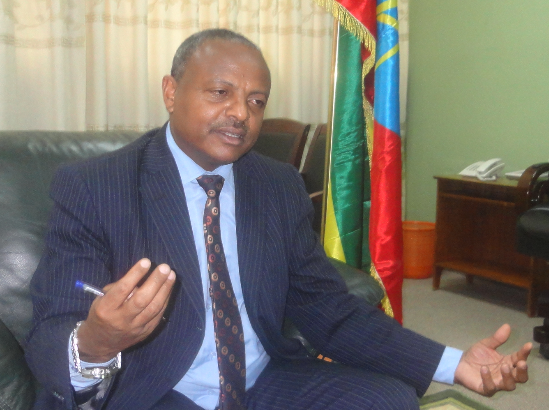

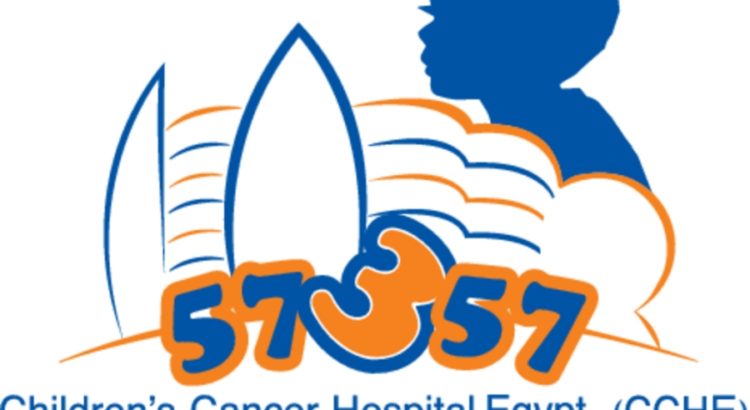
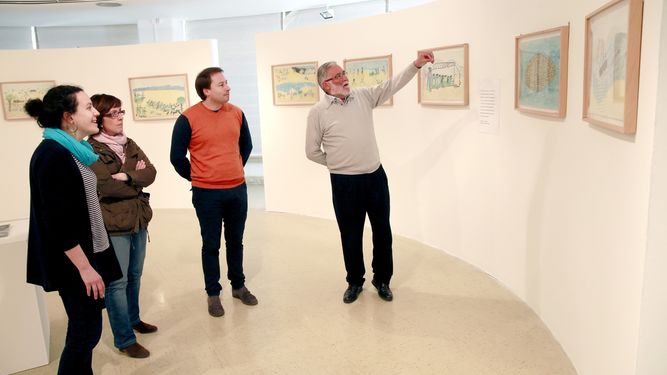
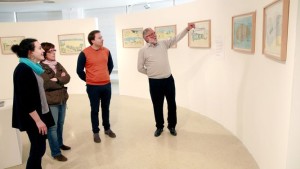
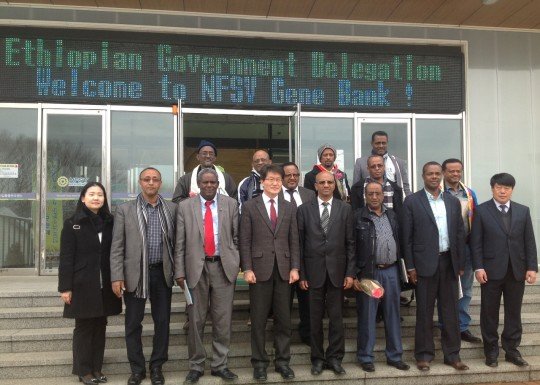

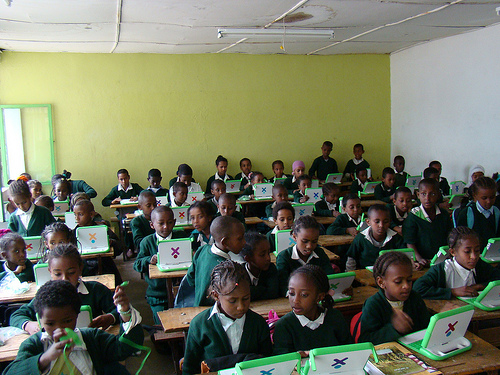
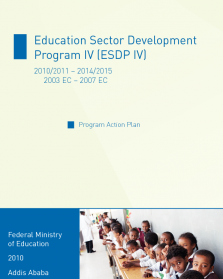





 Users Today : 47
Users Today : 47 Total Users : 35459513
Total Users : 35459513 Views Today : 62
Views Today : 62 Total views : 3417820
Total views : 3417820